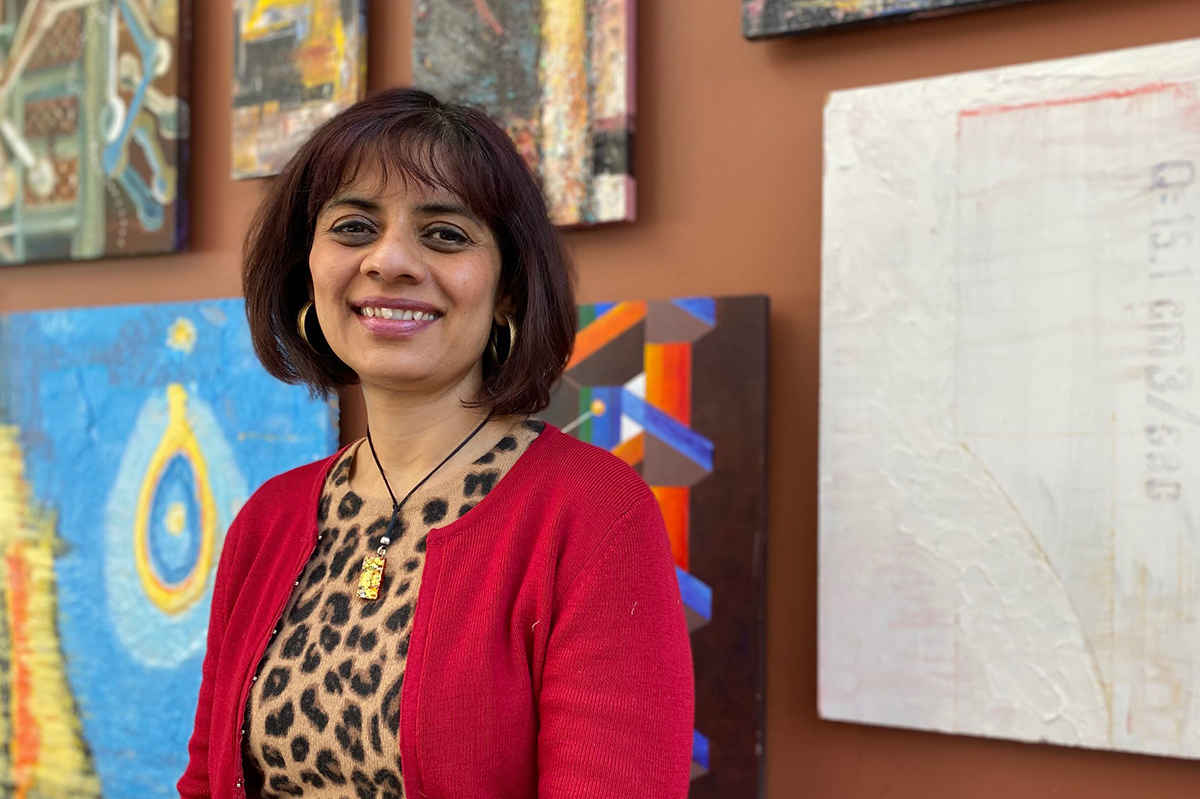Exploring the depths: how iron snow could unlock the secrets of life on Europa

Dr. Nita Sahai
Ever since the tantalizing discovery of icy ocean worlds within our own solar system, such as Europa and Enceladus, scientists have been captivated by the possibility of life lurking beneath their frozen surfaces. The question of whether these subsurface oceans harbor the conditions necessary for life has intrigued astrobiologists for decades, and now groundbreaking research led by Dr. Nita Sahai, professor and Ohio Research Scholar in the School of Engineering and Polymer Science at The University of Akron, offers compelling insights into this enigma.
In a groundbreaking study published in the prestigious journal Proceedings of the National Academy of Sciences (2024), Dr. Sahai and her collaborators, Dr. John Senko professor of geomicrobiology at UA, and Dr. Doug LaRowe, associate professor of earth science at the University of Southern California, delve deep into the bioenergetics of Europa's ocean in their article titled "Bioenergetics of Iron Snow Fueling Life on Europa." Through sophisticated model simulations, the team explores the potential for various forms of bacterial metabolisms to thrive in the Europan ocean, including iron reduction, sulfate reduction and methanogenesis.
What sets this research apart is the innovative "iron snow" model proposed by Dr. Sahai and her team. Drawing parallels with acid mine drainage systems on Earth, this novel mechanism offers a plausible explanation for the enhanced bacterial primary productivity observed in the Europan ocean. By eliminating the need for highly reactive oxygen species (ROS) to be transported from the surface to the ocean floor, the iron snow model not only enhances the likelihood of detecting life but also mitigates the detrimental effects of ROS on biological molecules.
The implications of this research are profound. Not only does it shed light on the potential habitability of Europa's ocean, but it also expands our understanding of the conditions necessary for life to thrive in extreme environments. The greater diversity of microbial metabolisms identified by Dr. Sahai and her team suggests a wealth of potential biosignature molecules that could be targeted for detection, bringing us one step closer to unraveling the mystery of life beyond Earth.
Media contact: Cristine Boyd, 330-972-6476 or cboyd@uakron.edu.
